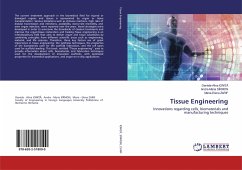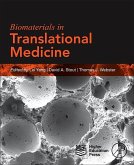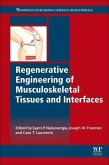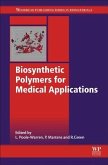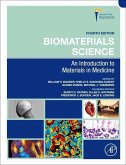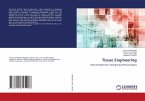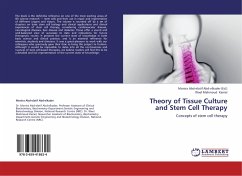The current treatment approach in the biomedical field for injured or damaged organs and tissues is represented by organ or tissue transplantation. Various limitations such as immune reactions, high risks of disease transmission and infections, availability, donor-site morbidity, and even organ rejection, were reported over the years. Novel strategies were developed in order to overcome the drawbacks of classical treatments and improve the organ/tissue restoration and healing.Tissue engineering is an interdisciplinary field that aims to deliver organ and tissue substitutes by combining principles from different scientific areas such as engineering, material, and life sciences. Therefore, three key factors are of great importance in tissue engineering: the synthesis techniques, the properties of the biomaterials used for the scaffold fabrication, and the cell types used for scaffold seeding. This book, entitled "Tissue engineering", aims to provide information about cells, biomaterials, and fabrication techniques used for the development of innovative scaffolds, with optimized properties for biomedical applications, and organ-on-a-chip applications.
Bitte wählen Sie Ihr Anliegen aus.
Rechnungen
Retourenschein anfordern
Bestellstatus
Storno

